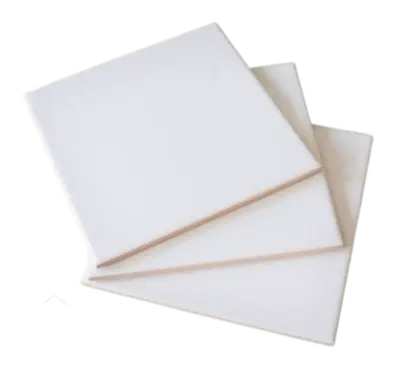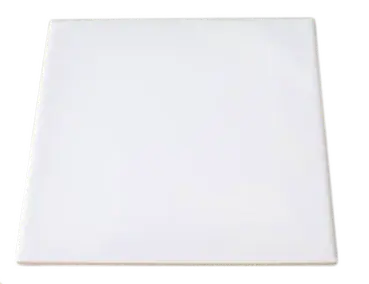FD Objekt hvid blank vægflise 150x150 mm.
Reol nr.: 65
Anvendelse: Gulvflise/vægflise
Produktionsland: Portugal
Farve: Hvid
Størrelse: 150x150 mm.
Slidstyrke: 1
Produktionsmetode: Formpresset
Tykkelse: 6,5 mm.
Frostsikker: Nej
Farvevariation: V1
Skridsikkerhed: R9
Overflade: Blank
Indhold pr. pk.: 1 m2
Herunder kan du se forklaringer på beskrivelserne som du finder på vores fliser.
Reolnummer, hvad betyder det?
Når du besøger vores showroom, kan du nemt finde flisen, da reolnummeret også er angivet på flisen i vores udstilling.
Gulv eller vægflise?
Her kan du se, om flisen kan bruges på væg eller gulv. En gulvflise kan bruges som en vægflise, men ikke omvendt.
Produktionsland?
Her er der angivet, hvilket land flisen bliver produceret i.
Farve?
Her beskriver vi farven på flisen så godt vi kan.
Størrelse?
Fliser findes i mange størrelser, her kan du se størrelsen på flisen i mm.
Slidstyrke?
Afhængig af, hvilken rum du har behov for at skifte dine fliser, vil slidstyrken være afgørende for dit valg. Slidstyrken er den hårhed som findes i overfladen, og hvor sårbar den er overfor ridser og slid. Er det en rum med meget trafik, vil der være behov for en flise med høj slidstyrke. Slidstyrken er delt i 5 kategorier fra 1 - 5, hvor 5 er den stærkeste. Dog findes der også en slidstyrke U, og alle kategorierne er beskrevet herunder:
Slidstyrke 1: Bruges om vægflise i alle rum.
Slidstyrke 2: Til gulve med mindre/begrænset trafik, herunder for eksempel badeværelse.
Slidstyrke 3: Til private hjem, til gulve hvor der er mindre trafik, med let fodtøj uden snavs, eksempelvis entre.
Slidstyrke 4: Kan anvendes overalt i private boliger, hvor der er meget trafik, herunder også på terrasse.
Slidstyrke 5: Flisen kan anvendes overalt, hvor der er meget trafik, og både i offentlige og private boliger.
Slidstyrke U: U står for uglaseret, eller ugennemslidelig. Denne flise bruges ved stærk slid, som for eksempel restauranter, shoppingcentre, banker, skoler osv.
Produktionsmetode?
Rektificering, hvad betyder det?
Er flisen rektificeret, er den fint skåret på alle kanter, efter at den er færdigproduceret. Det betyder, at fugerne kan være smalle, helt ned til 1,8 mm. Ved skæring af fliser, må der være en afvigelse på 0,2%.
Formpresset, hvad betyder det?
Formpresset flise må variere 5 mm, og kræver en større fuge. Det betyder, at vi anbefaler fugen mindst skal være på 6 mm(lovkrav 5 mm). En formpresset flise "trækker" sig sammen under brændingen, hvilket er årsagen til, at målene på flisen kan variere.
Tykkelse?
Her ser du flisens tykkelse angivet i millimeter.
Frostsikker?
Her kan du se, om flisen kan tåle frost, altså om den også kan bruges udenfor.
Farvevariation?
Angiver hvor stor variation der er i flisen, set over et større område. Det kan derfor være svært at vælge en V4 flise, ud fra en 30x60 prøve. V1-V2-V3-V4 er de betegnelser man bruger, og jo højere tal jo mere variation er der i flisen.
Skridsikkerhed?
En flises skridsikkerhed måles/klassificeres fra R9 – R13. Jo højre værdien, jo mere skridsikker og ru er flisen. Måles altid på en tør flise.
R9 – R11: Er normalt til indendørs brug i private hjem.
R12 – R13: Er til industriel brug, og til udendørs områder samt trapper. Typisk til slagterbutikker, industri og restaurations køkkener m.v.
Jo højere skridsikkerhed, jo mere udfordrende er rengøringen, og R12 kræver typisk højtryksspuling ved rengøring. Til private boliger opnås normalt tilstrækkelig skridsikkerhed, ved dels at sikre fliserne er rene og fri for sæberester m.v.













